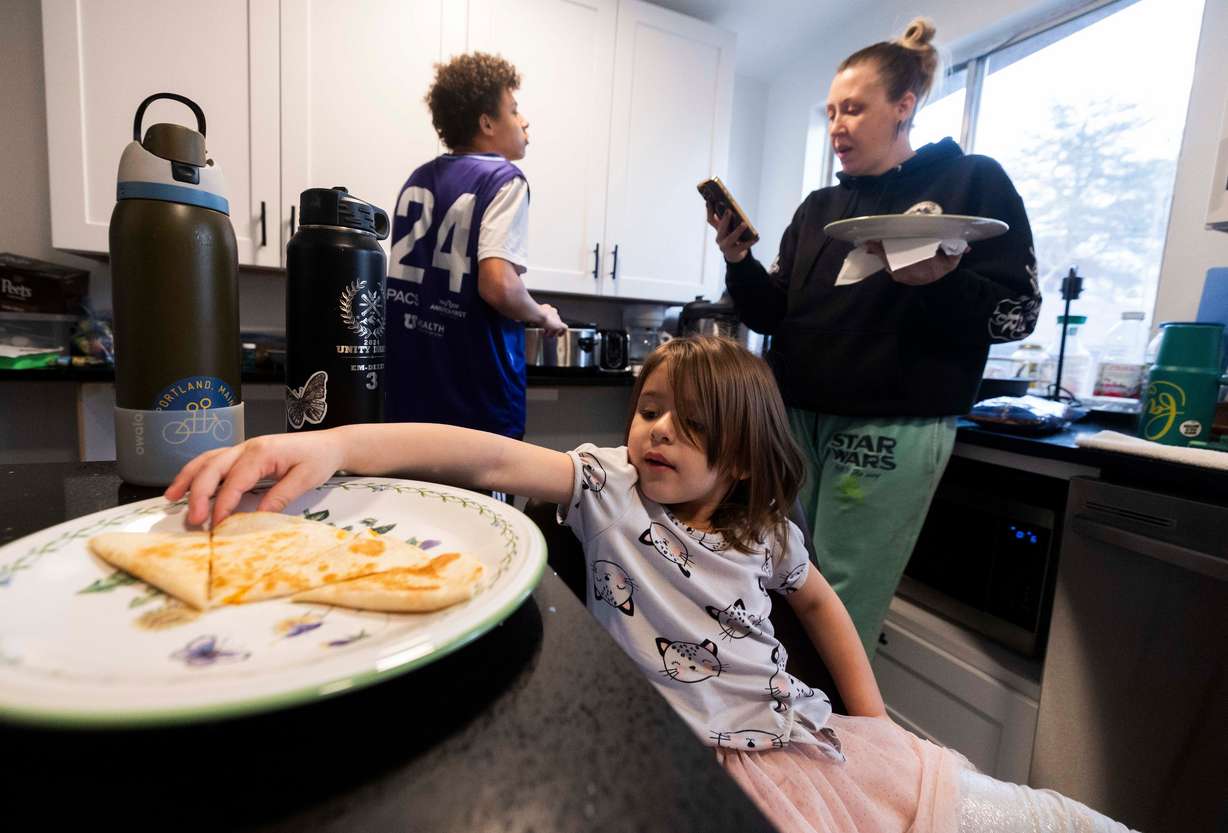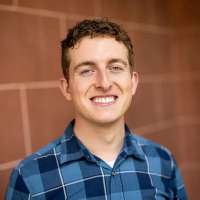Estimated read time: 6-7 minutes
- Emily Diaz faces financial challenges after losing SNAP benefits due to a salary increase.
- Utah lawmakers and the Sutherland Institute propose reforms to address "benefits cliffs."
- A pilot program aims to help families transition from public assistance to self-reliance.
SALT LAKE CITY — Emily Diaz was on the cusp of leaving her old life behind when she felt like the safety net that previously caught her was being pulled out from under her feet.
It had taken more than a decade to rebuild after a pregnancy and government food stamps gave Diaz enough momentum to escape the sex industry in Las Vegas.
Following a series of part-time gigs as a florist, Diaz finally landed a full-time job as a case manager at Odyssey House in Utah, where she helped people like herself navigate the world of recovery and welfare programs.
But the unexpected disappearance of her Supplemental Nutrition Assistance Program, or SNAP, benefits last month after she received a salary increase has threatened to put that progress for her family of six on hold.
"This right here that I'm dealing with has been the fear that's held me back from wanting to go from zero to 100 in the past," Diaz said.
Her new position allows her to pay the bills, Diaz said, but last Thursday and Sunday she stood in line at the food bank to address food insecurity in her home.

Policymakers refer to a destabilizing drop in public assistance that penalizes hard work as a "benefits cliff." But recent reports show that these impediments to independence are sometimes just as much perceived as they are actual.
In Utah's 2025 legislative session, multiple lawmakers are working with the conservative think tank Sutherland Institute to propose changes that would help families like Diaz's scale the benefits cliffs that stand between them and self-reliance.
"I'm living in the cliff today," Diaz said. "This year has been the most challenging year yet for my family."
A call for federalism with federal dollars
On Monday, Rep. Mark Strong, R-Bluffdale, introduced a resolution calling on the federal government to give Utah more flexibility, through block grants and waivers, to alter welfare requirements to help families avoid benefits cliffs and transition to "work-based self-reliance."
"A safety net is supposed to be used when you fall," Strong said. "If any single person chooses not to get off those benefits because they're better off with the benefits, then we've failed."
Misaligned welfare programs that include abrupt declines in aid do more than waste public funds, according to Strong. They can prevent families from pursuing career advancements that reduce intergenerational poverty.

Strong agreed to take up the Sutherland Institute's language on the resolution, which cites multiple figures from the institute's latest report on how the fear of losing benefits influences the economic decisions of Utahns on public assistance.
The "Strengthening the American Dream" policy brief released in November centers around 480 surveys completed by Utah adults who have participated in safety net programs over the last seven years.
The report found that:
- 77% of respondents worried that earning additional income would lead to a loss of benefits that would worsen their financial situation.
- 62% of respondents felt stuck in a low-income job because they thought additional income would cause a loss of benefits that would not be worth it.
- 43% of respondents reported limiting their earned income, due to fear of triggering a "benefits cliff," including 29% who decided not to look for a new job.
- 26% of respondents said they had at one point lost their government assistance because of their income, quit their job and then reenrolled in government programs.
- 53% of respondents were most worried about losing Medicaid, 30% were most worried about losing SNAP and 6% were most worried about losing housing assistance.
Utah is the best positioned state in the nation to urge federal action addressing benefit cliffs, according to Nic Dunn, vice president of strategy at Sutherland, and the author of the November report.
Not only has the state been ranked No. 1 for social mobility in the country, it also leads the nation in showing that welfare innovation happens best at the state level by integrating public assistance and employment programs under one roof, Dunn said.
"If there is any state in the nation that can figure out how to fix work disincentives related to benefits cliffs ... it's going to be Utah," Dunn said.
Shrinking the welfare information cliff
Marcella Patiño qualified for SNAP and Medicaid when she became pregnant at the age of 16.
She now has three children between the ages of 7 and 18 and struggles to envision a future where her single income working at a nail salon can suffice without government assistance.
To avoid losing Medicaid coverage, which she says is essential for her autistic son's therapy, Patiño said she limits how much she works on the second week of every pay period.
However, decisions like these are sometimes based on incomplete knowledge of the country's complicated patchwork of welfare programs, according to Kevin Burt, Utah's deputy director of the Department of Workforce Services.
"Sometimes, I believe, there are some perceived cliff effects rather than real cliff effects," Burt said.
Much of the work of policymakers and welfare administrators like himself lies in informing residents of how programs are structured and what alternatives exist, Burt said.
Some participants do not know that SNAP benefits decrease gradually in proportion to increases in income, Burt said, and some do not know that there are subsidized health insurance options other than Medicaid on the federal marketplace.
As of December, there were 198,076 households and 341,354 individuals who were recipients of Medicaid, and 87,742 households and 182,022 individuals who were recipients of SNAP, according to the Department of Workforce Services.
Sutherland's November report found that 90% of respondents were not aware of other programs or subsidies that are available to those who lose government assistance.
This is part of the reason why Burt joined Dunn in supporting a request for appropriations made last week by Rep. Tyler Clancy, R-Provo, that would establish a three-year $6 million pilot program to help families navigate the transition away from safety net programs.
The request, partially paid for by federal TANF funds, would provide families participating in public assistance with a benefits cliff calculator to map out their budget forecast, connect these families with local nonprofits that guide individuals toward self-reliance, and collect data on how these efforts help families exit public assistance.
Pairing this state-level innovation with a resolution for federal change could initiate a nationwide push not seen for 30 years to tear down benefits cliffs and orient the safety net toward lifting people up instead of keeping them down, according to Dunn.
"My greatest hope with all of this," Dunn said, "is ushering in a new national welfare reform movement where states have the freedom ... to innovate and identify new and better ways of helping our fellow Americans escape poverty."










